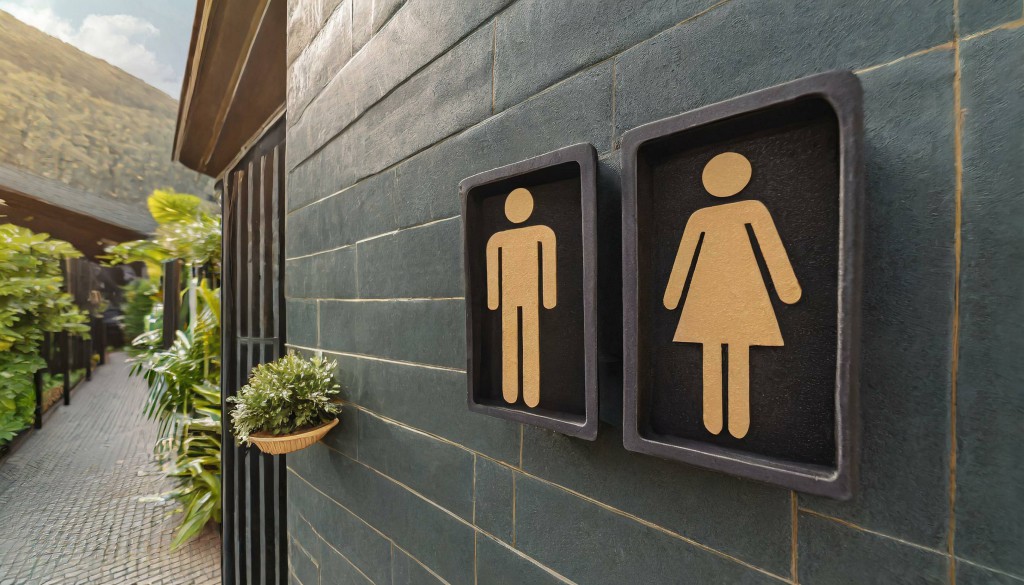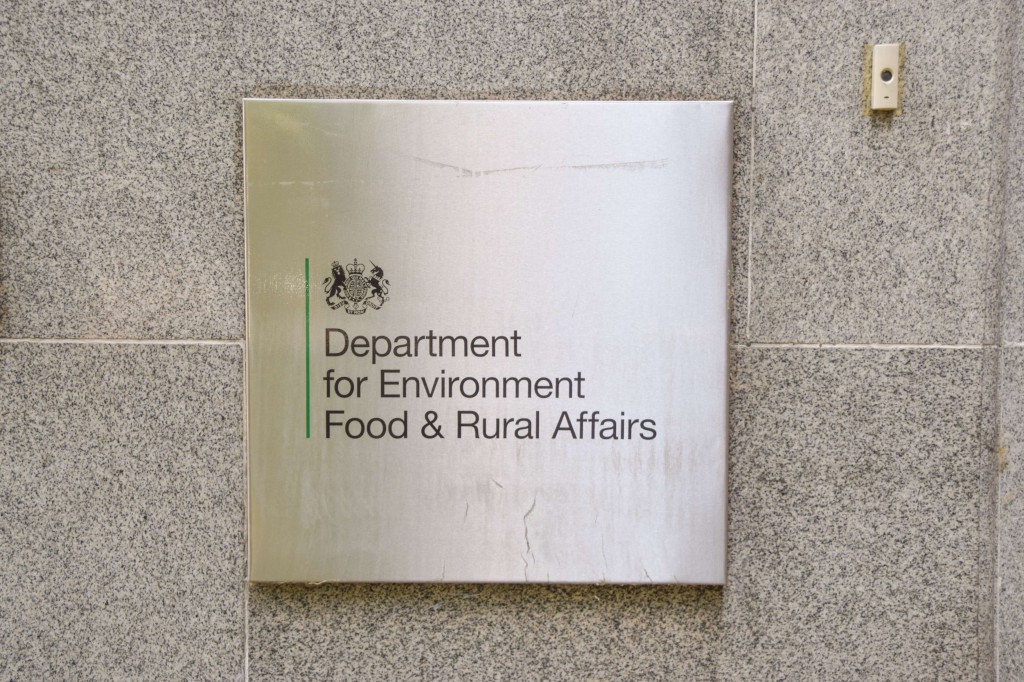Drip, drip…gone

With DEFRA setting strict targets to cut water waste, businesses must rethink how they manage consumption. Richard Braid, Managing Director of Cistermiser and Keraflo, explores some straightforward solutions available that improve efficiency, hygiene and long-term building safety.
Efficient water management is important for so many reasons; cost savings, improving hygiene, reducing our environmental impact – and conserving what’s becoming an increasingly scarce resource. The Department for Environment, Food & Rural Affairs (DEFRA) has set achievable targets to tackle the issue, aiming to cut leakage by 37% by 2038 and 50% by 2050. The goal is also to achieve a 9% reduction in non-household water use by 2038 (using 2019/20 levels as the baseline) with an extended target of a 15% reduction by 2050. Water companies are now actively preparing for a step-change in smart metering for non-households. For commercial buildings, schools, hospitals and residential developments, meeting these targets means adopting smarter solutions that prevent leaks, improve efficiency and ensure water safety.
Many buildings still rely on ageing or inefficient plumbing systems, which can not only contribute to excessive water waste but may also pose hygiene and safety risks. The most common culprit in WC leakage is flush valve seal degradation, closely followed by faulty fill valves and dual flush valves. Toilet cistern leakage, particularly in concealed systems, is easy to miss. Unlike a dripping tap, which is easy to spot, a faulty toilet flush valve can just be a steady trickle down the back of the pan – but it can cause 400 litres of water to be lost daily. With washroom innovations available today however, these issues are entirely preventable.
Change the seal
Seals in toilet cisterns are often compromised by the build-up of scale and impurities, leading to persistent leaks. A simple solution is to choose a flushing valve that doesn’t have a flush seal below the water line, unlike a traditional WC flush drop valve, meaning debris and scale won’t build up, the seal won’t degrade and it won’t leak.
Another alternative is to install a direct flushing system. These systems bypass the need for a cistern entirely, instead connecting directly to the mains water supply to provide an efficient flush. There is no traditional flush valve seal to degrade so direct flushing systems both help eliminate leaks and reduce the need for frequent maintenance, improving long-term reliability. Direct flushing systems can also save water with their flush method. Unlike manual toilets, which rely on a cistern to refill and may need to be flushed more than once, wasting water, direct flushing solutions use dynamic water pressure to deliver an immediate and efficient single flush.
Smart sensors
Using sensor based water management in washrooms is another way to both save water and improve hygiene. Infrared sensor taps, for example, only activate when hands are detected and switch off automatically when movement stops, preventing water from being wasted. Some systems also have safety shut-offs which close the water supply after a certain amount of time, even if movement continues to be detected. This prevents taps from running continuously due to misuse or malfunction. Entire washrooms can in fact be automated with sensors, ensuring water only flows when the area is occupied. Cistermiser’s Sensazone for instance uses infrared sensors to automatically open water outlets allowing water to flow when a washroom is occupied. It protects buildings against the risk of flooding and leaks and makes washrooms less vulnerable to vandalism, as taps can't be left running.
Preventing stagnation

Stagnant water and bacterial contamination can be serious risks, especially in older buildings with large or complex plumbing systems. When water sits unused, stays at room temperature or allows biofilm to build up, it creates the perfect conditions for Legionella bacteria to grow. This can lead to Legionnaires’ disease, a potentially serious lung infection.
Cold water storage tanks, especially those with divided or dual compartments, are a common source of stagnation-related problems. While these configurations allow for maintenance and cleaning without disrupting supply, they can sometimes lead to imbalance, where one compartment is used more frequently than the other. The result is standing water and potentially dangerous bacterial growth.
Smart tank management systems offer a solution by continuously monitoring water levels, temperature and usage patterns to keep water moving and prevent stagnation. A recent flagship installation of Keraflo’s Tanktronic electronic tank management system was at a government site with 160 buildings housing over 12,000 residents, managing around 2,000 cold-water storage tanks across the site.
Tanktronic can activate the valves in the separate tank compartments to work both together or independently, so cleaning and maintenance can still take place without the water supply being affected. It allows water levels to be adjusted from outside the tank or even automated based on demand, such as reducing capacity during low occupancy periods in seasonal buildings. To enhance safety further, its two-stage alert system ensures that if an initial warning is ignored, an automated override can step in to prevent issues from escalating.
Proactive steps
Efficient water management is no longer just about cutting costs – it’s about protecting resources, improving hygiene and ensuring long-term building safety. With stricter targets in place and growing pressure on supply, businesses, public services and property managers must take proactive steps to reduce water waste and prevent system failures.
By upgrading outdated plumbing, investing in leak-proof flushing solutions and integrating smart monitoring technology, buildings can become more efficient, sustainable and compliant with future regulations. Whether through sensor based washroom controls, direct flushing systems or intelligent tank management, the right innovations can help safeguard water supplies while reducing maintenance demands.







